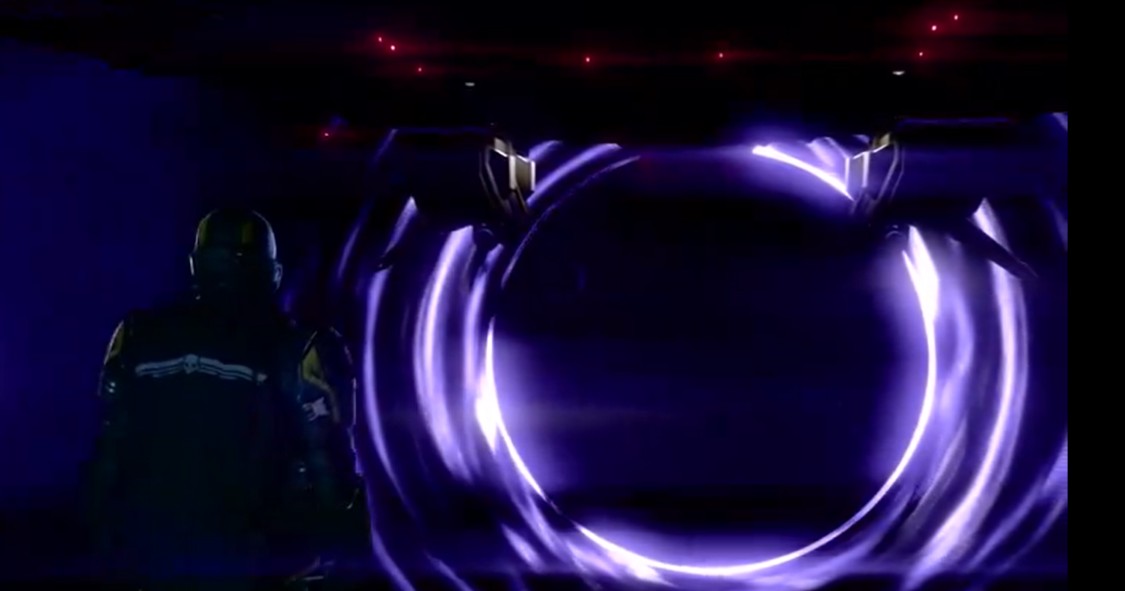Get the latest tech news
Before 'Fans,' There Were 'Kranks,' 'Longhairs,' and 'Lions'
How do fandoms gain their names?
“How do we point to all of those and say, ‘This is connected to what we consider fandom today?’” Cavicchi, who began his academic career focusing on music fans, is now looking through history to find instances of fandom-like groups, from fire buffs to trainspotters to flower fanciers. “It’s something that’s visible, that left a trace, and we can kind of use them as doorways into cultures.” He began collecting names for people-who-loved-things-in-groups years ago, which he published in a paper entitled “ Fandom Before “Fan”: Shaping the History of Enthusiastic Audiences.” Though there were no “fans” before 1880, he writes, “there were ‘amateurs,’ ‘beggars,’ ‘boomers,’ ‘buffs,’ ‘bugs,’ ‘connoisseurs,’ ‘devotees,’ ‘dilettantes,’ ‘enthusiasts,’ ‘fanatics,’ ‘the fancy,’ ‘fiends,’ ‘gluttons,’ ‘habitués,’ ‘heads,’ ‘hounds,’ ‘kranks,’ ‘lions,’ ‘longhairs,’ ‘lovers,’ ‘maniacs,’ ‘matinee girls,’ ‘nuts,’ ‘rooters,’ ‘Lisztians,’ ‘Wagnerians,’ and more.” Even as some modern fandoms accept the names bestowed upon them by music-management corporations or television studio marketers, fans continue to create language for themselves, rendering some terms largely indecipherable to outsiders.
Or read this on Hacker News

